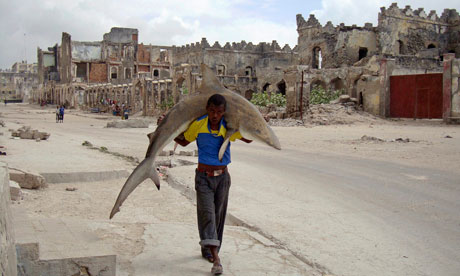An article in The Guardian newspaper today describes a high-profile ‘charity’ event held in Moscow, which uses the idea that it is ‘awareness’ raising as an excuse for it’s lack of material contribution to charity:
It was a starry event that lured some of the biggest names in Hollywood along with a sprinkling of the Muscovite elite. There was Woody Allen, playing with his jazz band after a performance by Andrea Bocelli.
There were Francis Ford Coppola and Jeremy Irons, Orlando Bloom and Steven Seagal, Sophia Loren and Dionne Warwick, all gathered in the leafy heights of southern Moscow for a charity gala like no other: this charity does not dispense its largesse.
The Federation Fund, which has presented itself as a children’s charity since forming late last year, has rapidly turned into one of the most controversial operations in a country known for opaque projects. This weekend, after weeks of billboard advertising splashed across the capital, it laid on a lavish two-day show in aid of … Well, it was not entirely clear what the event was in aid of.
The charity says it is no longer about raising funds, but raising awareness. Some of the guests said they had been paid to attend.
Doubts about the Federation Fund surfaced soon after an inaugural concert in St Petersburg this year shot it to prominence, thanks largely to Vladimir Putin’s notorious version of Blueberry Hill, which became an internet hit.
Three months after that show, the mother of a sick child wrote an open letter to the president, Dmitry Medvedev, complaining that hospitals promised donations had received nothing. The fund moved quickly to donate medical equipment to several hospitals, and then denied any wrongdoing, saying it had been set up to generate publicity, not cash.
http://www.guardian.co.uk/world/2011/jul/11/moscow-charity-authenticity-questioned?INTCMP=SRCH
This is an extreme form of something detectable in other campaigns which spend lots of money to raise ‘awareness’, with a disproportionately small material outcome, such as the RED campaign, for which Advertising Age wrote:
The disproportionate ratio between the marketing outlay and the money raised is drawing concern among nonprofit watchdogs, cause-marketing experts and even executives in the ad business. It threatens to spur a backlash, not just against the Red campaign — which ambitiously set out to change the cause-marketing model by allowing partners to profit from charity — but also for the brands involved.
http://adage.com/article/news/costly-red-campaign-reaps-meager-18-million/115287/


